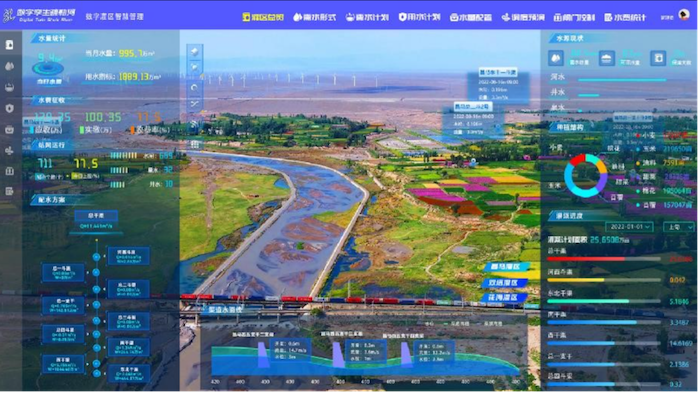As global water scarcity intensifies, digital twin technology has emerged as a critical tool for optimizing water resource management. By creating virtual replicas of physical water systems, utilities can simulate scenarios, predict failures, and enhance operational efficiency. China, with its rapid advancements in AI, IoT, and big data analytics, has become a hub for cutting-edge digital twin solutions tailored to water management. Leading Chinese tech firms and startups are driving this innovation, offering scalable, cost-effective systems that address both urban and rural water challenges.

The Rise of Digital Twins in China’s Water Sector
Digital twins, virtual models that mirror real-world water infrastructure, are gaining traction in China as the country confronts pressing water security issues. Companies like Alibaba Cloud, Huawei, and specialized firms such as Supcon and Envision Digital are developing integrated platforms that combine IoT sensors, cloud computing, and AI to create dynamic, real-time simulations of water networks. These systems enable utilities to monitor pipelines, treatment plants, and reservoirs with unprecedented precision, reducing waste and improving resilience.
Key Players and Their Solutions
Several Chinese providers stand out in the digital twin space for water management:
- Alibaba Cloud’s ET City Brain: Originally designed for smart cities, this platform now incorporates water management modules that use digital twins to optimize drainage systems and predict flooding risks in municipalities like Hangzhou and Shanghai.
- Huawei’s Smart Water Solutions: Leveraging 5G and edge computing, Huawei’s digital twins provide low-latency data processing for remote monitoring of rural water supplies, ensuring clean water access in underserved regions.
- Supcon’s Industrial IoT Platforms: Focused on large-scale water treatment plants, Supcon’s digital twins simulate chemical dosing processes, reducing energy consumption and improving compliance with environmental standards.
These solutions exemplify China’s ability to blend hardware such as sensors and drones with AI analytics, predictive modeling software to deliver end-to-end water management systems.
Applications Across the Water Cycle
Chinese digital twin providers are addressing diverse challenges:
- Urban Water Networks: In Shenzhen, digital twins help detect leaks in real time, saving millions of cubic meters of water annually.
- Flood Prevention: Cities like Wuhan use twin models to simulate heavy rainfall impacts, enabling preemptive adjustments to drainage systems.
- Agricultural Water Use: In Xinjiang, IoT-enabled twins optimize irrigation schedules, conserving water while maintaining crop yields.
Challenges and Future Outlook
Despite progress, barriers remain, including data silos between municipal departments and the high upfront costs of sensor deployment. However, China’s national policy push for New Infrastructure is accelerating adoption, with funding directed toward smart water projects. Beyond 2025, expect tighter integration of digital twins with generative AI for scenario planning and blockchain for secure data sharing among stakeholders.
Disclaimer
The examples and trends cited in this article reflect current market developments. Implementation success depends on local infrastructure, regulatory support, and ongoing technological adaptation.


